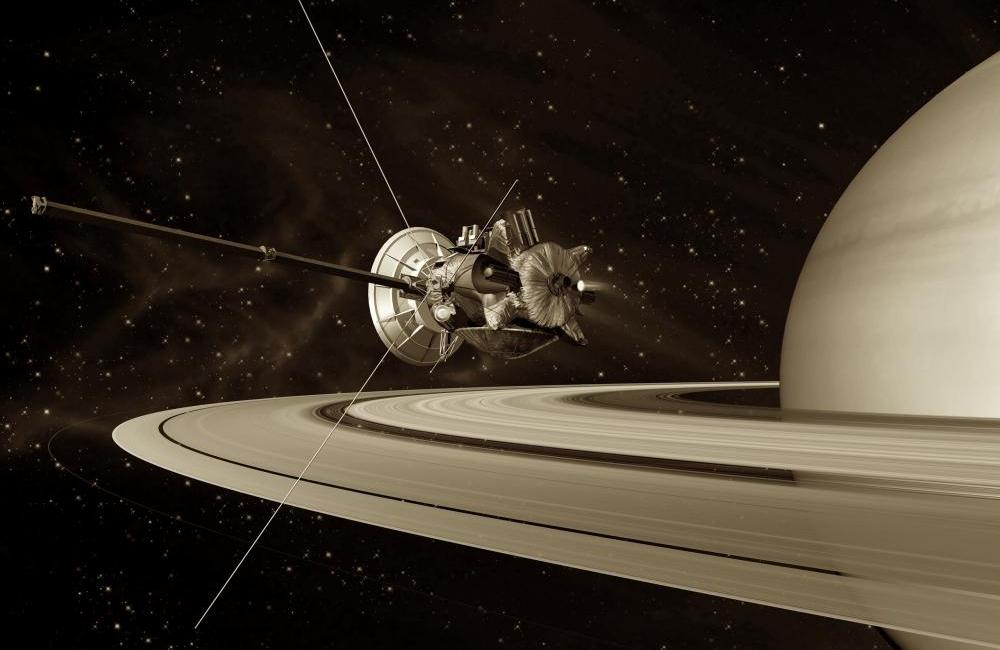75 years of science and technology
In outer space, beyond what is considered our solar system, a small spacecraft that looks like a TV satellite dish is still transmitting back to Earth.
Deep-space missions have revealed the secrets of the solar system and beyond for nearly a half century. ORNL technology helps make these missions possible by providing power in the frozen void.
Spacecraft on missions near the sun can use solar collectors for power, but on ventures to the outer planets, sunlight becomes too dim to provide necessary wattage.
ORNL developed and provided NASA with “clad vent sets” that contain the plutonium oxide fuel that powers the spacecraft. As the plutonium decays, residual heat is converted to electric power for the craft’s instruments. The clad vent sets are made from a virtually indestructible iridium alloy, developed at ORNL, that’s able to survive an unplanned reentry in the event of a launch accident.
These radioisotope thermal generators, or RTGs, entered the popular culture when movie star Matt Damon’s stranded character used them to warm himself on Mars in 2015’s "The Martian." But NASA’s true-life missions have thrilled and fascinated the public for decades, unlocking the secrets of the cosmos and providing dazzling images, from the Voyager missions of the 1970s that provided the first close-ups of outer planets, to the Jupiter probe Galileo, to Saturn’s Cassini, to the Mars Curiosity rovers, to the New Horizons Pluto mission.
With the critical plutonium oxide fuel in short supply, ORNL now is gearing up to produce plutonium-238 for future missions, expanding ORNL’s role in further understanding our universe.



